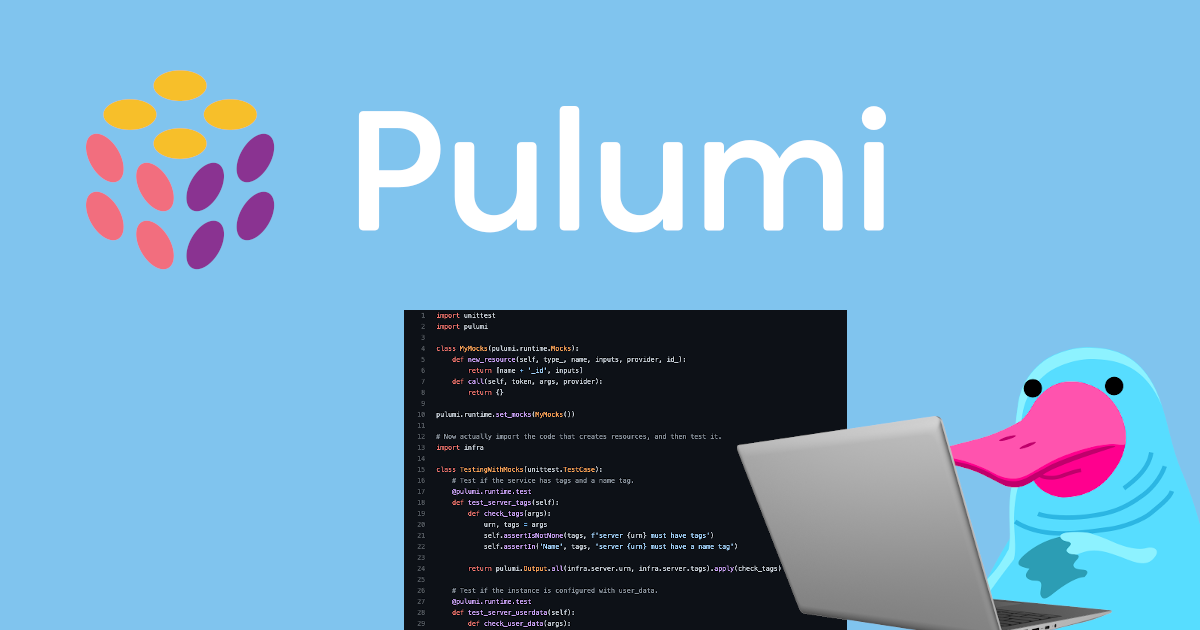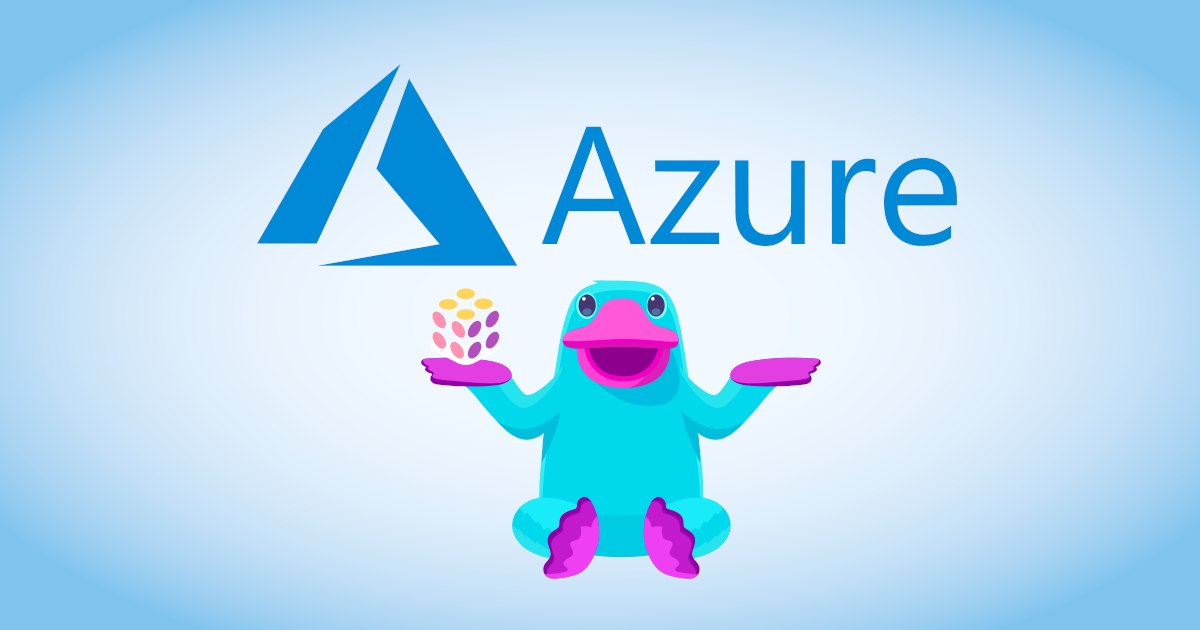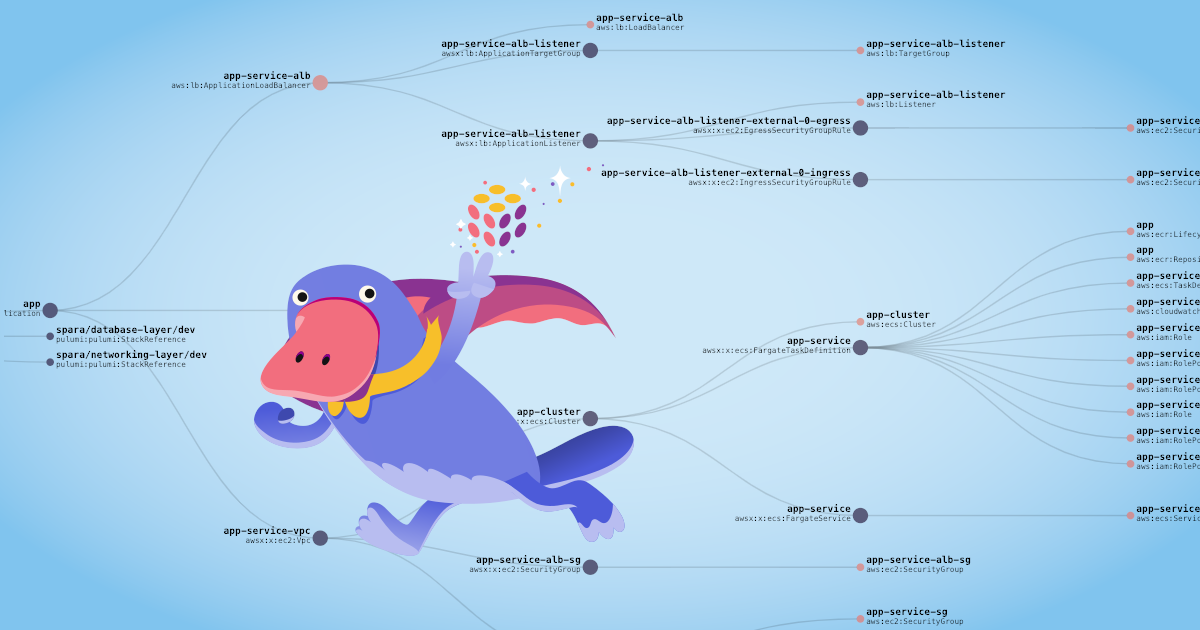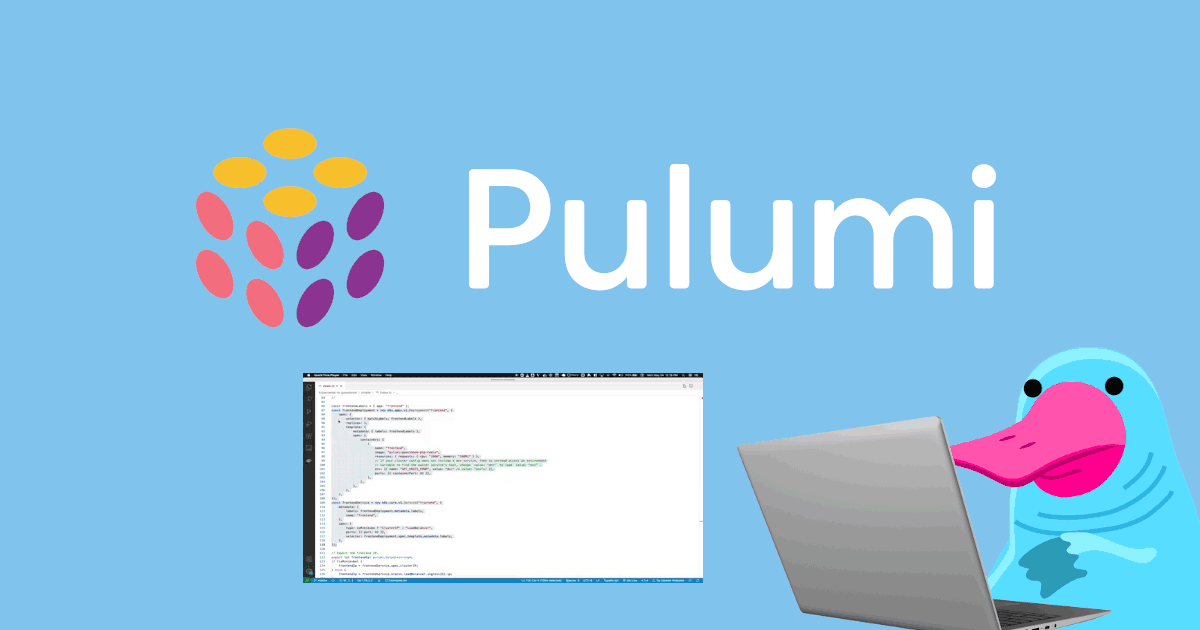
Cloud engineering brings industry-standard software development practices to building, deploying, and managing cloud infrastructure. Testing is a common practice for evaluating software to ensure that it meets requirements. Similarly, infrastructure testing checks for missing requirements, bugs, and errors; it also ensures security, reliability, and performance. Testing uses manual or automated tools to identify bugs that can cause unexpected infrastructure behavior.
There are many benefits to infrastructure testing, including:
- reduced costs to fix bugs when caught early in the development lifecycle,
- discovering security risks and problems earlier,
- delivering a quality product that creates customer satisfaction through a great user experience
Testing shifts left the risk inherent with distributed architectures composed of many resources. Ultimately, testing increases release velocity, reliability, and confidence in your application.
This article is the first in a two-part series about testing infrastructure. The terminology for testing can be confusing because of broad definitions that overlap. This article will narrow those definitions that originated from application testing and apply them to infrastructure and cloud engineering. Let’s take a look at the different types of testing used with infrastructure as code.
Read more →










